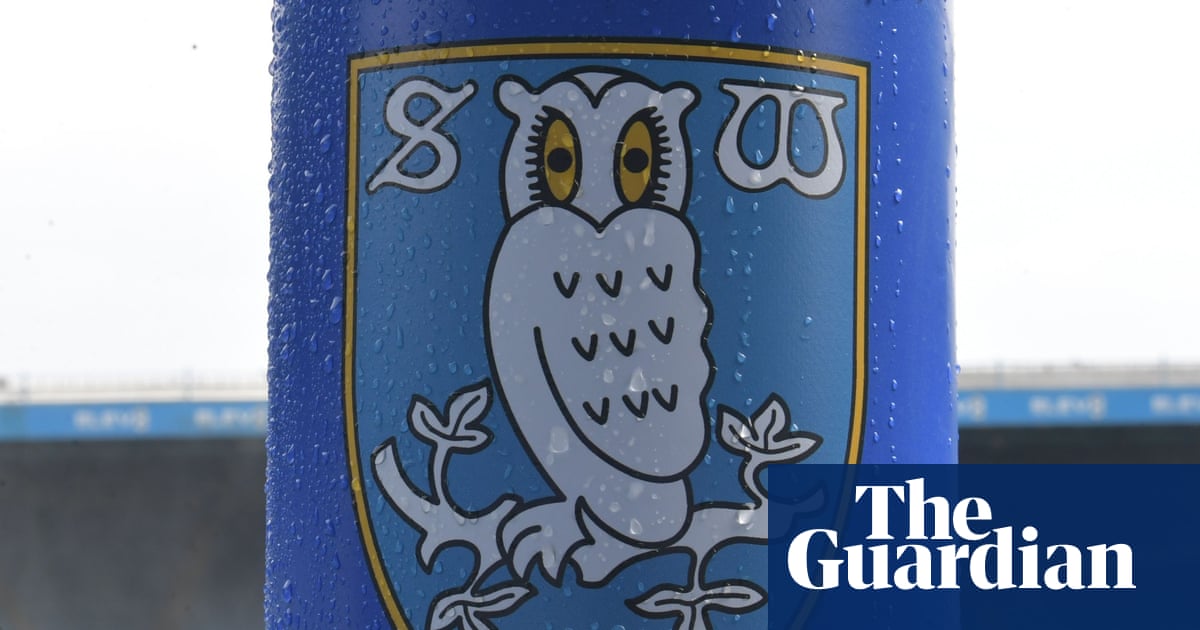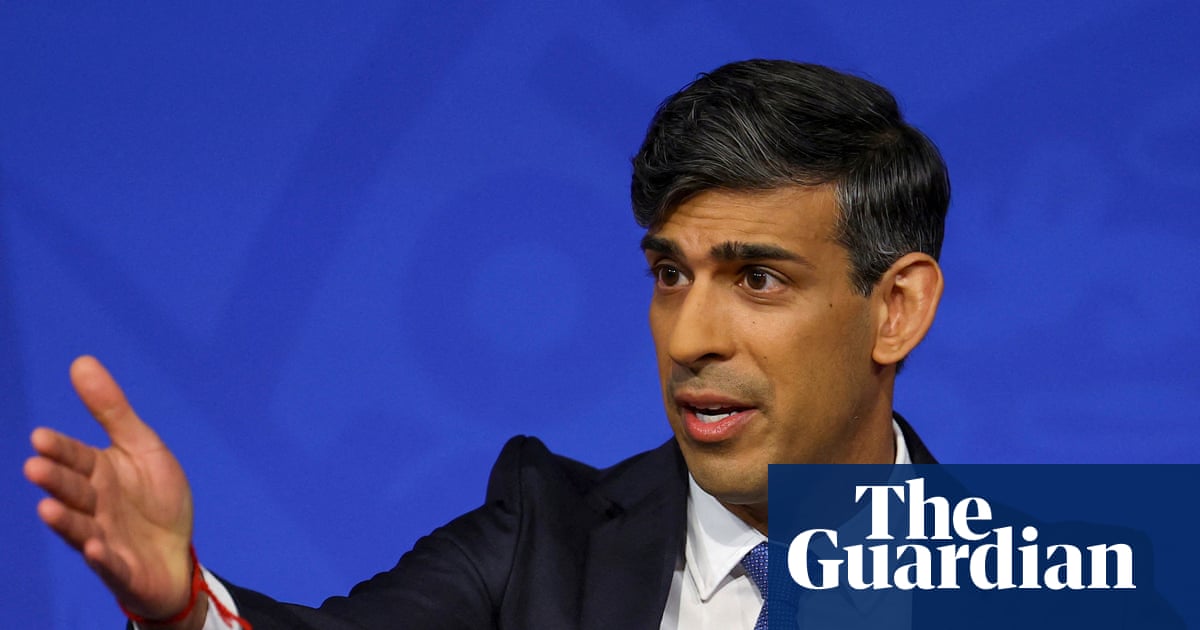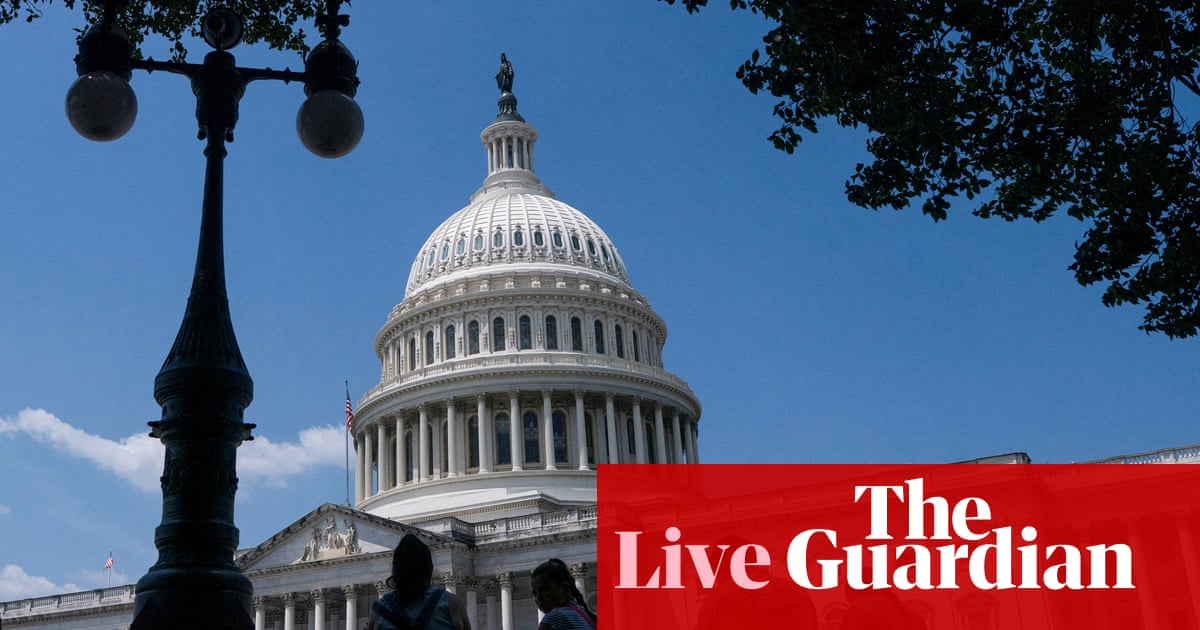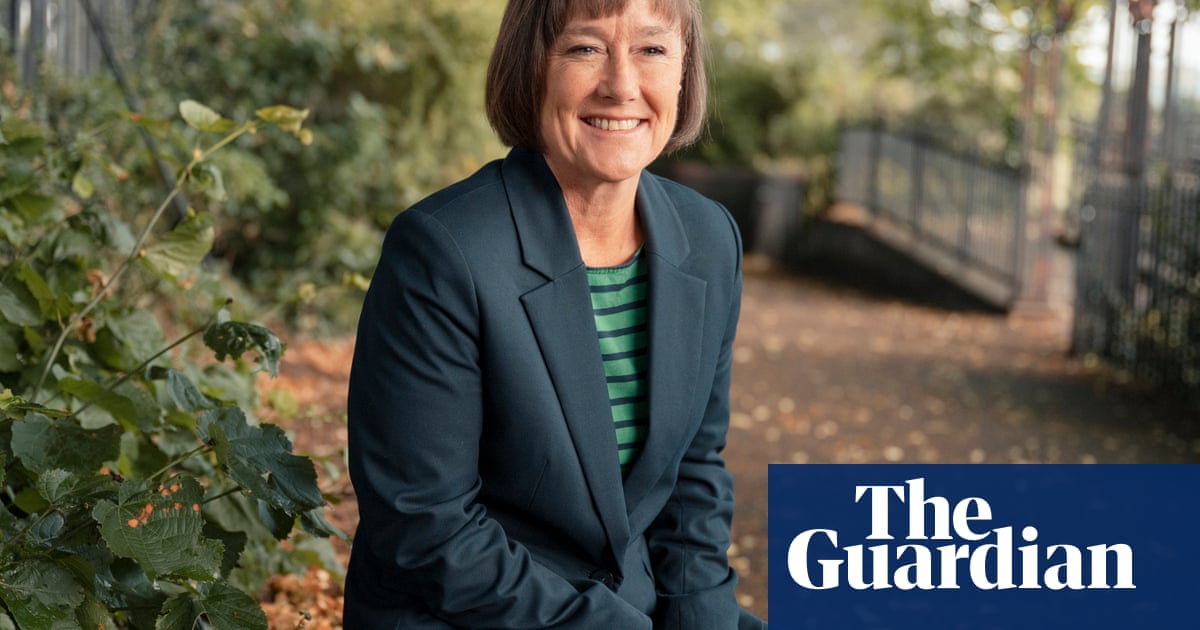On 26 October, podcasters, professors, journalists and ordinary citizens will gather on the steps of the Smithsonian National Museum of American History for a teach-in in defense of history and museums.
The teach-in comes at a moment when the Smithsonian system faces unprecedented attacks from the Trump administration, which has threatened to bar funding for any exhibits that touch on the darker sides of US history. The threats against the Smithsonian are part of the administration’s war against history and historians: interfering in history curricula at schools across the country, redirecting federal grants to projects that promote American exceptionalism, and yoking the country’s 250th anniversary celebration to the Maga agenda.
That’s why we’re staging an intervention in the form of a teach-in, put together by the hosts of two historical podcasts, This Day and The Memory Palace. In an authoritarian regime, one of the first things that is taken from the public is honest and credible information. The past itself becomes treacherous terrain: authoritarians attempt to seize control of the country’s history, reworking it into a vision of a glorious, powerful, patriotic – and largely fictional – past. The people and events may be real, but the stories they’re used to tell are false. In such a moment, telling the truth, and teaching the truth, about the country’s history is an act of both defiance and solidarity.
A teach-in represents a different kind of activism than the No Kings rallies held last weekend. Such rallies show mass opposition to the regime; but a teach-in represents a step toward deeper organizing and activism. Consider the first teach-in ever held in the US: It took place 60 years ago, in 1965, at the University of Michigan, Ann Arbor. Professors planned a one-day strike to oppose the Vietnam war but met stiff resistance from Governor George Romney, the state legislature and university administrators. So instead of withdrawing their labor, they decided to use it.
Marshall Sahlins, an anthropology professor, first suggested the idea of a teach-in. “They say we’re neglecting our responsibilities as teachers,” he said. “Let’s show them how responsible we feel. Instead of teaching out, we’ll teach in – all night.” Organizers gathered in the apartment of two fellow professors, Zelda and William Gamson, to plot their protest: an all-night event with lectures, debate and open discussion. (The Smithsonian teach-in will flip this format, running from dawn until dusk.)
Led by faculty and Students for a Democratic Society, the teach-in lasted for 12 hours. Faculty gave mini-lectures and participated in debates to enormous audiences. About 3,500 people, including 200 professors, attended the teach-in, which spilled into new spaces as the crowd grew. Organizers improvised as the night went on: one can imagine faculty and students offering poetry, a performance or singing. It was the perfect incubator for the anti-war protest movement, rooting students in well-sourced information about the stakes of the war and the harm that was being produced. The demonstration was powerful and contagious. The teach-in quickly spread to campuses all over the country.
In the decades that followed, teach-ins became a fixture on college campuses. Teach-ins about apartheid, about reproductive rights, about sexual consent, about the Iraq war, about Palestine – the policy issues that grabbed students’ attention were transformed into opportunities to deepen their understanding while building communities of informed activists. Nor were they limited to campuses. In the 1990s, activists held teach-ins about globalization in advance of the World Trade Organization protests; in 2011, teach-ins became a central component of the Occupy Wall Street movement. Teach-ins move beyond soundbites, slogans and chants; they challenge attenders to dive into nuanced conversations. To borrow from the scholar bell hooks, they turn the community into a classroom. They can provide context, describe consequences and instruct the uninformed or misinformed. They can also provide a syllabus of sorts or reading lists. If authoritarian regimes thrive on ignorance and apathy, then a key antidote in every oppositional movement is learning and action.
The Teach-In in Defense of History and Museums builds on this long legacy. And it comes at a critical time in the battle over the nation’s past. While it is a coincidence that Trump is in office while the US celebrates its 250th anniversary, his administration’s push toward a particular kind of whitewashed narrative is not. From the moment he announced his run for president, Trump has positioned himself as a culture warrior in the fight to define not just America’s future, but also its past. In his first year in office, white supremacists marched on Charlottesville, Virginia, in a deadly fight over the town’s Confederate statues – and the meaning of its racist history. A few years after that, Trump responded to the 1619 Project and its exploration of the legacy of slavery with his own 1776 Commission.
So it is little wonder that as Trump has attempted to radically expand his power in his second term, he has focused so much attention on seizing control of the nation’s past as well. But America’s past does not belong to Trump, the right wing, or even the left. This weekend’s teach-in will emphasize stories about the country’s history rooted in archives and evidence, but also in a shared belief that the work to strengthen American democracy cannot succeed unless it is rooted in a real understanding of the country’s contentious past – its joys and its sorrows, its benefits and its harms, its brilliant promise and its unrealized dreams. And it will also model an alternative to the “debate-me-bro” culture that defines so much of political life in the US today, showing that activism works best when it is not about scoring rhetorical points but rather deepening our understanding of the issues and nation we seek to shape.
What is powerful about the Smithsonian is that literally it stands on its own and metaphorically speaks for itself. From the original star-spangled banner, to Lincoln’s top hat, to a stool in a Greensboro lunch counter, to Archie Bunker’s chair, these relics make America. Defending museums is about more than preserving nostalgia. It is about protecting what was, what is and what could be.
-
Kellie Carter Jackson is the Michael and Denise Kellen ’68 associate professor and chair of the Africana studies department at Wellesley College. Nicole Hemmer is an associate professor of history and director of the Rogers Center for the American Presidency at Vanderbilt University

.png) 3 hours ago
3
3 hours ago
3

















































